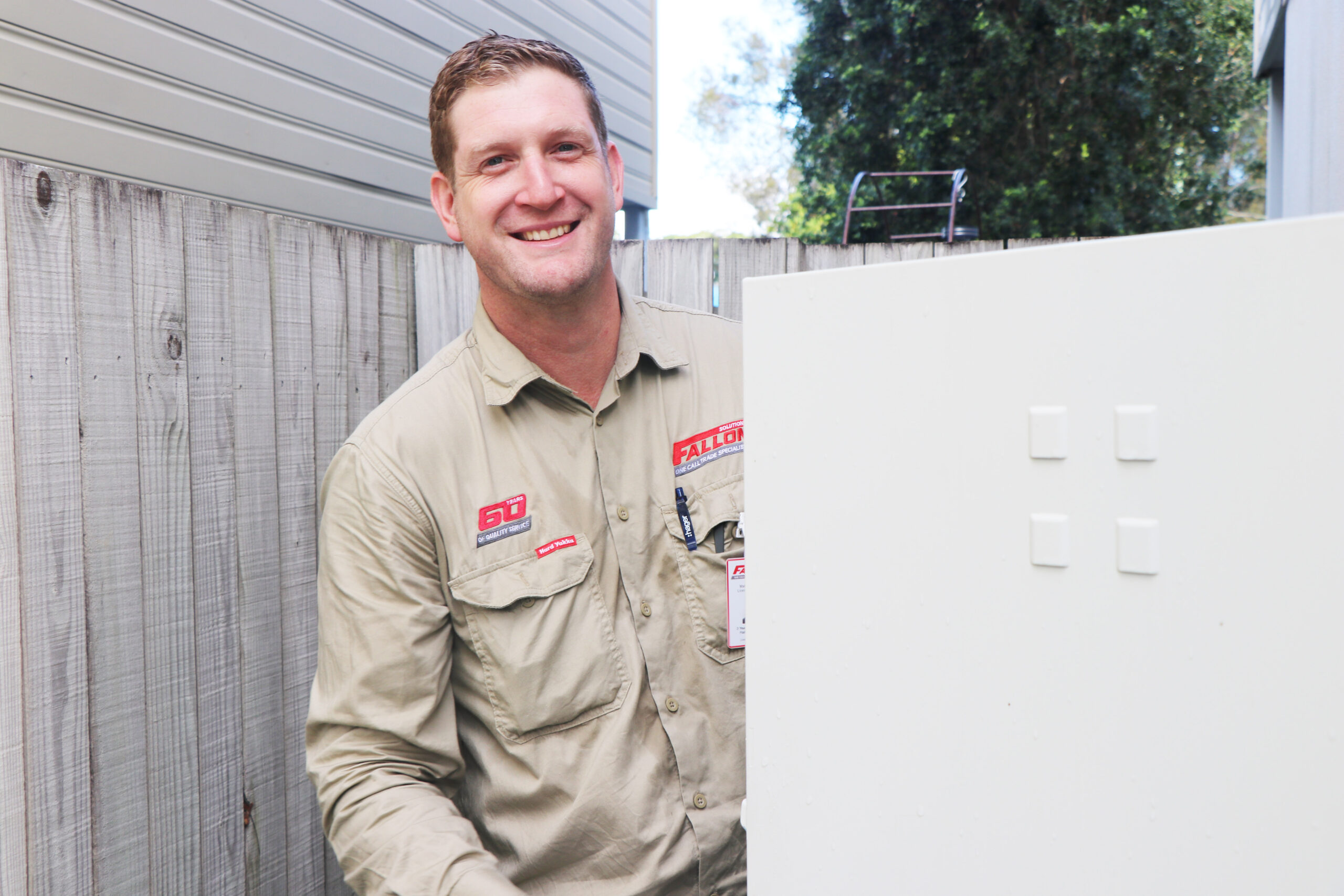6 May 2025
Our Master Electrician Matt’s Guide To Understanding Your Switchboard & How It Keeps You Safe

Your switchboard is the nerve center of your home’s electrical system. It manages power distribution and protects you from electrical fires, short circuits, and electric shocks. As a licensed Master Electrician, I often see homeowners who don’t fully understand how their switchboard works or why maintenance is so important. Let’s explore the key components and their role in keeping your home safe.
The Switchboard Enclosure
A typical switchboard box, made from plastic or metal, houses all essential electrical components. Its job is to shield those parts from dust, moisture, and physical damage. When the enclosure is damaged or poorly sealed, it can increase the risk of short circuits, fires, or equipment failure.
Pro Tip: Still using ceramic fuses or a switchboard without RCDs? It’s time to upgrade to meet current AS/NZS 3000 Wiring Rules.
Main Switch (main isolator)
This is the master control. The main switch allows you to cut power to the entire property, making it vital during emergencies or for electrical maintenance.
Technical Note: These switches are rated by amperage (e.g., 63A, 80A). In older homes, the main switch is often undersized and may struggle to support modern demands like air conditioning or EV chargers.
Circuit Breakers (MCBs – Miniature Circuit Breakers)
MCBs act as the first line of defense for your circuits. They guard against overloads and short circuits using dual protection: thermal trips react to gradual overheating, and magnetic trips shut off power instantly during surges. This quick action helps prevent fires and equipment damage.
Frequent tripping is a red flag. It often points to underlying issues such as faulty appliances, overloaded circuits, or damaged wiring. Consider it an early warning system for your home’s electrical health.
Critical Detail: Breakers must match the cable size. For example, using a 20A breaker on a 1.5mm² wire is a serious fire hazard.
Safety Switches (RCDs – Residual Current Devices)
RCDs prevent fatal electric shocks. They detect earth leakage currents as small as 30mA and cut power in less than 30 milliseconds. The switch compares current flow in active and neutral wires. Any imbalance, such as from a faulty appliance or human contact, causes the RCD to trip.
Warning: If an RCD won’t reset, it might indicate a lethal fault. Contact Fallon Solutions immediately at 1300 712 028.
Earth Electrode & Earthing System
The earth electrode and earthing system provide a low-resistance path for fault currents to dissipate into the ground. This reduces the risk of electric shock or fire. Key components include the earth stake (a copper-clad rod driven into the soil), the main earth conductor (which links the stake to the switchboard), and equipotential bonding (which connects metal pipes and fixtures to the earth).
Failure Signs: Frequent RCD trips or tingling sensations from taps may suggest a compromised earthing system.
Surge Protection (optional but recommended)
Surge protection devices divert voltage spikes, such as those caused by lightning or grid fluctuations, away from sensitive electronics.
Pro’s Advice: Whole-house surge protectors (Type 1/2), installed at the switchboard, offer far better protection than individual power board models.
Is Your Switchboard Safe?
Many older Queensland homes still feature outdated components, including:
❌ Ceramic fuses (no overload protection)
❌ No RCDs (shock risk)
❌ Oversized breakers (fire hazard)
Fallon Solutions’ $198 Switchboard Safety Check includes:
✔ Inspection of all components
✔ Testing RCD trip times (within 30ms)
✔ A compliance report with upgrade recommendations
Contact us today on 1300 712 028 to book a $198 Switchboard Safety Check

